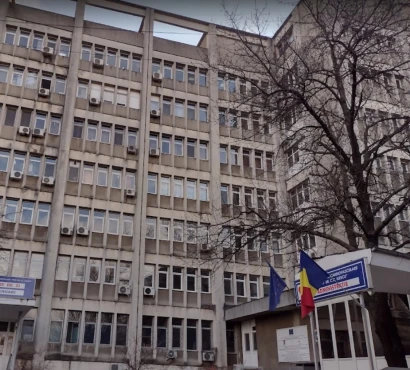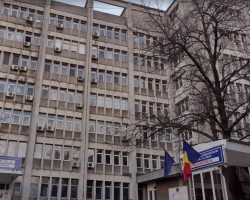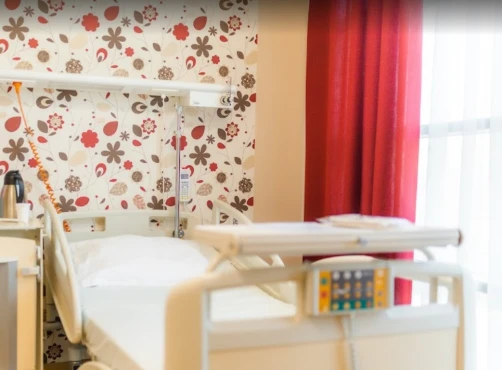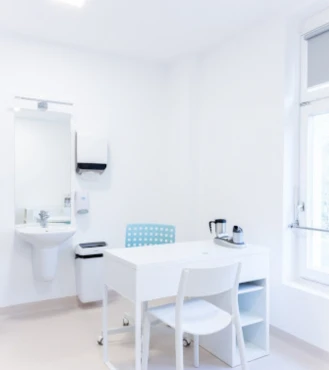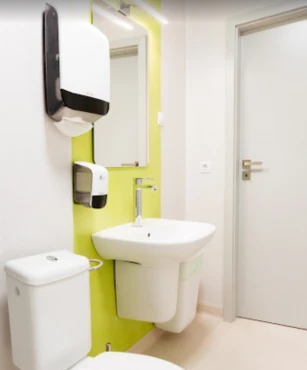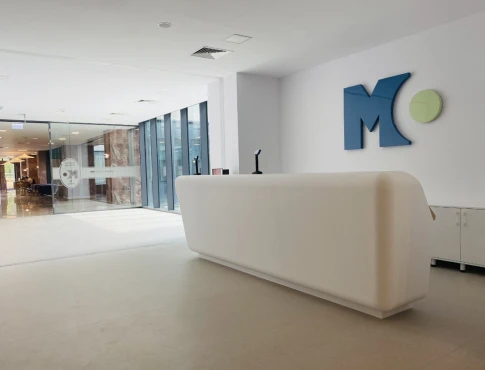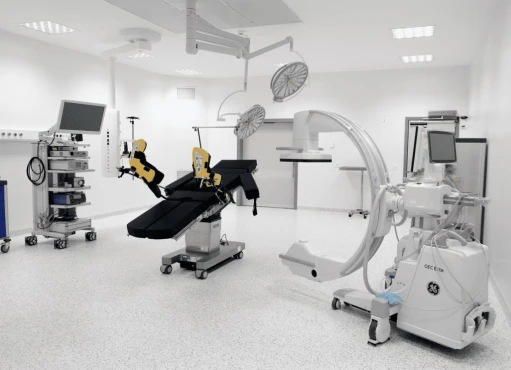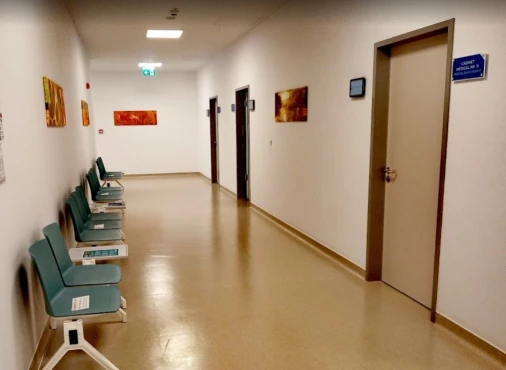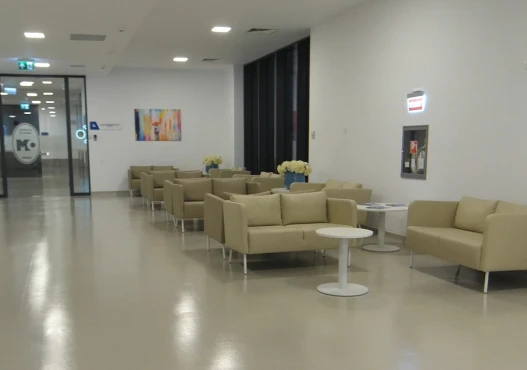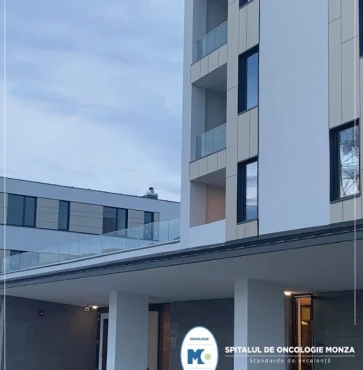Percutaneous coronary intervention (PCI) with stent insertion in 3 Cardiac surgery clinics in Romania
3 clinics specializing in Cardiac surgery providing
Percutaneous coronary intervention (PCI) with stent insertion
Percutaneous coronary intervention (PCI) with stent insertion is a minimally invasive procedure in which a stent is placed into a narrowed or blocked coronary artery to help keep it open and restore blood flow to the heart.
Read more...
procedure in Romania.
Sorted by:
Relevance
Rating
Cost of procedures
Relevance
Prices for selected procedures, total:
≈ $2,050
Prices for popular procedures:
Prices for selected procedures, total:
≈ $2,050
Prices for popular procedures:

Sibiu, Romania
Specializations: Cardiac surgery, Vascular surgery, Thoracic surgery, Neurosurgery, Spine surgery, Orthopedic surgery, Oncology
Languages: French, German
The MedLife Polisano Hospital in Sibiu is part of an integrated structure of centers of excellence in medicine at the European level, based on a
read more
Prices for selected procedures, total:
$2,050
Prices for popular procedures:

Cluj-Napoca, Romania
Specializations: Cardiac surgery, Vascular surgery, Thoracic surgery, Neurosurgery, Spine surgery, Orthopedic surgery, Oncology
MedLife Humanitas Hospital is a project created from the desire to offer complex medical solutions, through a team of exceptional doctors and ultra-modern medical equipment.
read more
1 nearby similar clinic in Romania
Perhaps you should consider 1 more clinic we have found nearby basing on your Location, Procedure filters applied.
Prices for popular procedures:

Bucharest, Romania
Specializations: Cardiac surgery, Vascular surgery, Thoracic surgery, Neurosurgery, Spine surgery, Orthopedic surgery, Oncology
The Institute of Oncology within the "Policlinico di Monza" Group seeks to provide all the necessary conditions for the patient to successfully treat the oncological
read more
Procedure price distribution in Romania
Percutaneous coronary intervention (PCI) with stent insertion:
$2,091
This price found in Romania, Sibiu
$2,091
This price found in Romania, Sibiu
Minimum Average Maximum
Procedure prices in popular countries:
Percutaneous coronary intervention (PCI) with stent insertion:
Turkey
$9.1 K - 9.1 K
in
25 clinics
Israel
$16.7 K - 18.7 K
in
12 clinics
Germany
$27.3 K - 27.3 K
in
34 clinics
China
$28.8 K - 28.8 K
in
3 clinics
United States
$42.2 K - 116.2 K
in
13 clinics
Countries with the highest number of clinics offering the procedures treatment:
Percutaneous coronary intervention (PCI) with stent insertion:
worldwide
580 clinics
Brazil
40 clinics
India
38 clinics
Germany
34 clinics
Turkey
25 clinics
Australia
23 clinics
Clinics grouping by rating
Clinic with the highest rating of 4.5 — Spitalul MedLife Humanitas in Cluj-Napoca, Romania, clinic with the most reviews number of 175 — Spitalul MedLife Polisano Izvorului in Sibiu, Romania.
With rating 4.0 and over — 2 clinics .
